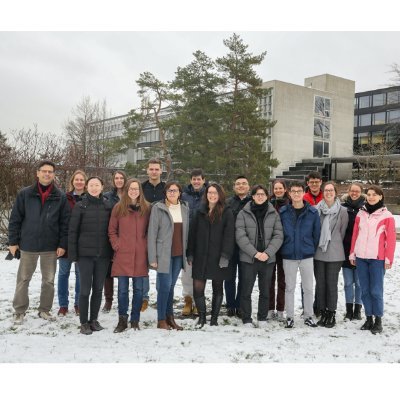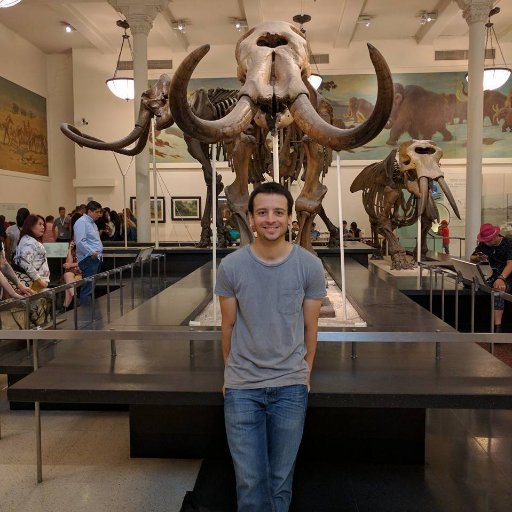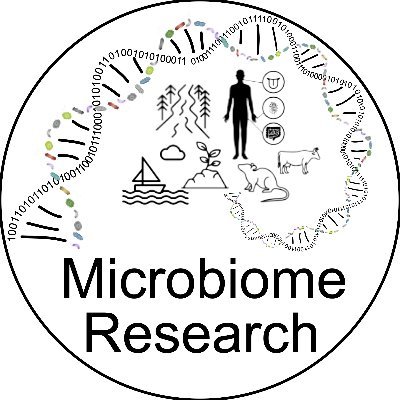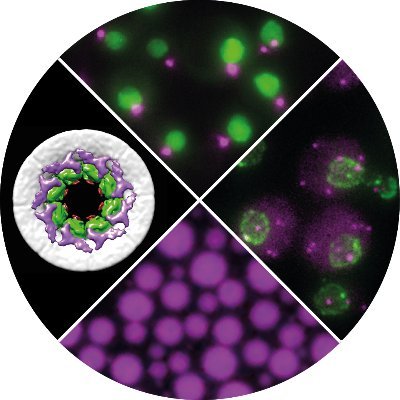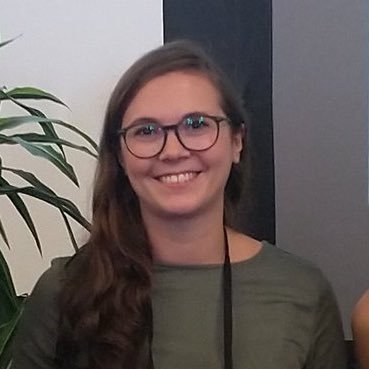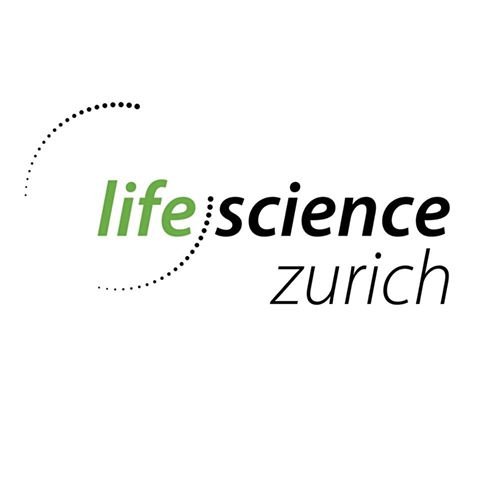Similar User

@ETH_BSSE

@ETH_en

@IMSB_ETH

@snsf_ch

@UniBasel_en

@LS2Switzerland

@Picotti_Lab

@Microbio_ETH

@LabOxenius

@PilhoferLab

@Joel_Mesot

@KorkhovLab

@FMIscience

@ETH_EAPS

@Complex_Mat
How does the genome respond to genome duplication? Srikant et al. from the Bomblies lab (IMPB/D-BIOL) at ETH Zurich found epigenomic and transcriptomic changes in neo- polyploid Arabidopsis arenosa often revert in evolved polyploids. More: biol.ethz.ch/en/news-and-ev…

Post-translational modifications confer important functions on peptides and proteins. The Piel lab @ETH_en Zurich and collaborators discovered a new modification resulting in complex, steroid-like amino acids. More: biol.ethz.ch/en/news-and-ev…

The human GID E3 ubiquitin ligase complex regulates cell migration. A recent study by the Peter lab at ETH Zurich, in collaboration with the Côté and Pertz labs, demonstrates that the hGID GID4 complex controls cell motility by targeting ARHGAP11A. More: biol.ethz.ch/en/news-and-ev…

Researchers at ETH Zurich have developed a new method to measure changes in #Protein social networks within cells, paving the way for new drug treatments for diseases like cancer and #Alzheimer’s. brnw.ch/21wNPnN
Implanting bacteria into fungi to unlock new biochemical capabilities! Read the findings on inducing artificial #endosymbiosis followed by adaptive #evolution in 🍄 by the #VorholtLab @ETH Zurich. @Nature: nature.com/articles/s4158… ETH News: ethz.ch/en/news-and-ev…
The gamma-tubulin ring complex controls microtubule nucleation in cells. The @MikeVVieczorek lab demonstrates that CDK5RAP2 regulates the structure of the gamma-tubulin ring complex to dramatically promote its microtubule-nucleating activity. More: biol.ethz.ch/en/news-and-ev…

This is a public lecture, everyone is invited to join. Just register!
Lunch was once again so-so? Professor Thomas Michaels can tell you why. Together with well-known chefs and food producers, he will present the fascinating science behind cooking. "Cook the Science" On 22 October, 12 November and 3 December from 6 pm. ethz.ch/en/news-and-ev…
Biology student Fatima Ali Ebrahim had a rocky start of her studies. In this video she shares what helped her turn things around and why she now loves studying biology at ETH. youtu.be/oSv3yRM2R88
Whatever it takes to make the right decision or to get an impression: D-BIOL answered hundreds of questions during the study information days at our stand, in lab tours, an example lecture, a curriculum presentation and a comparison event. See you again in a year!
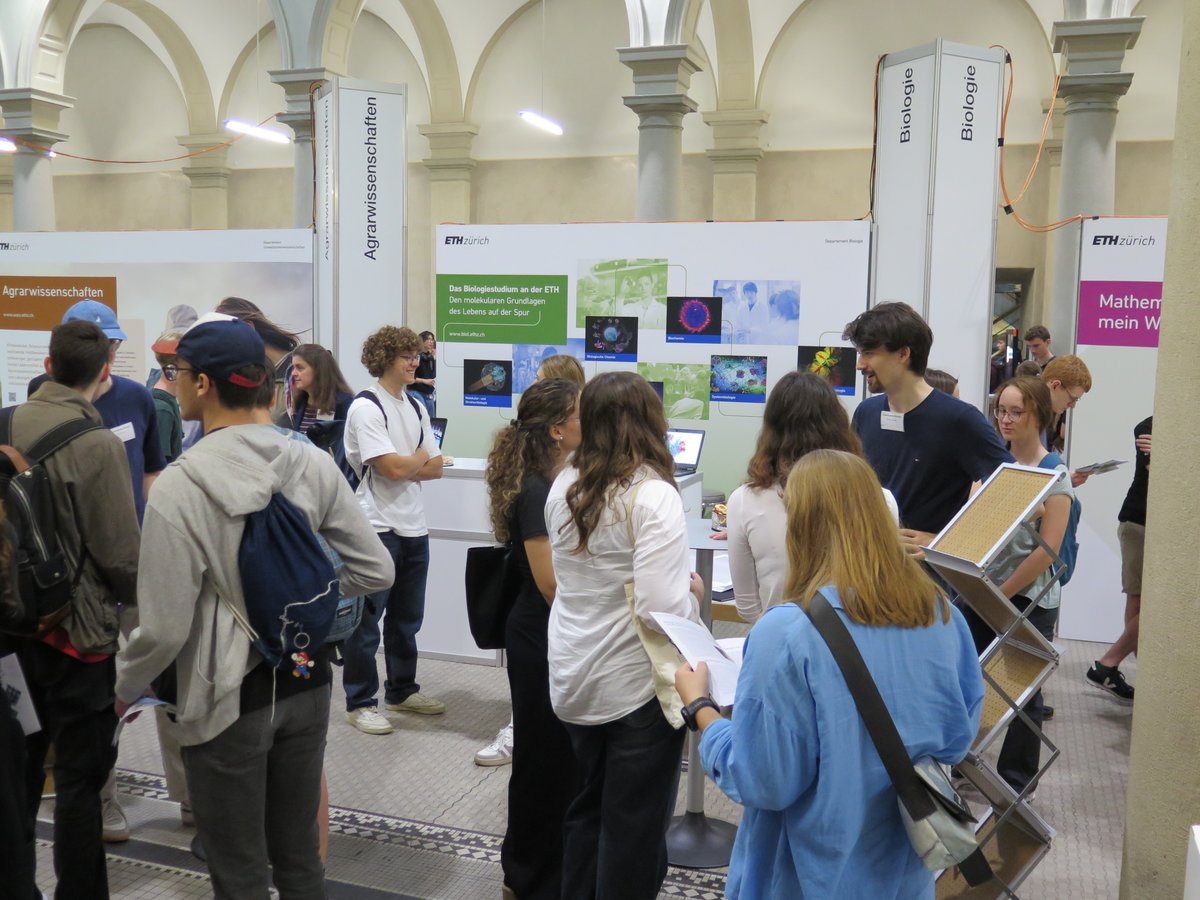
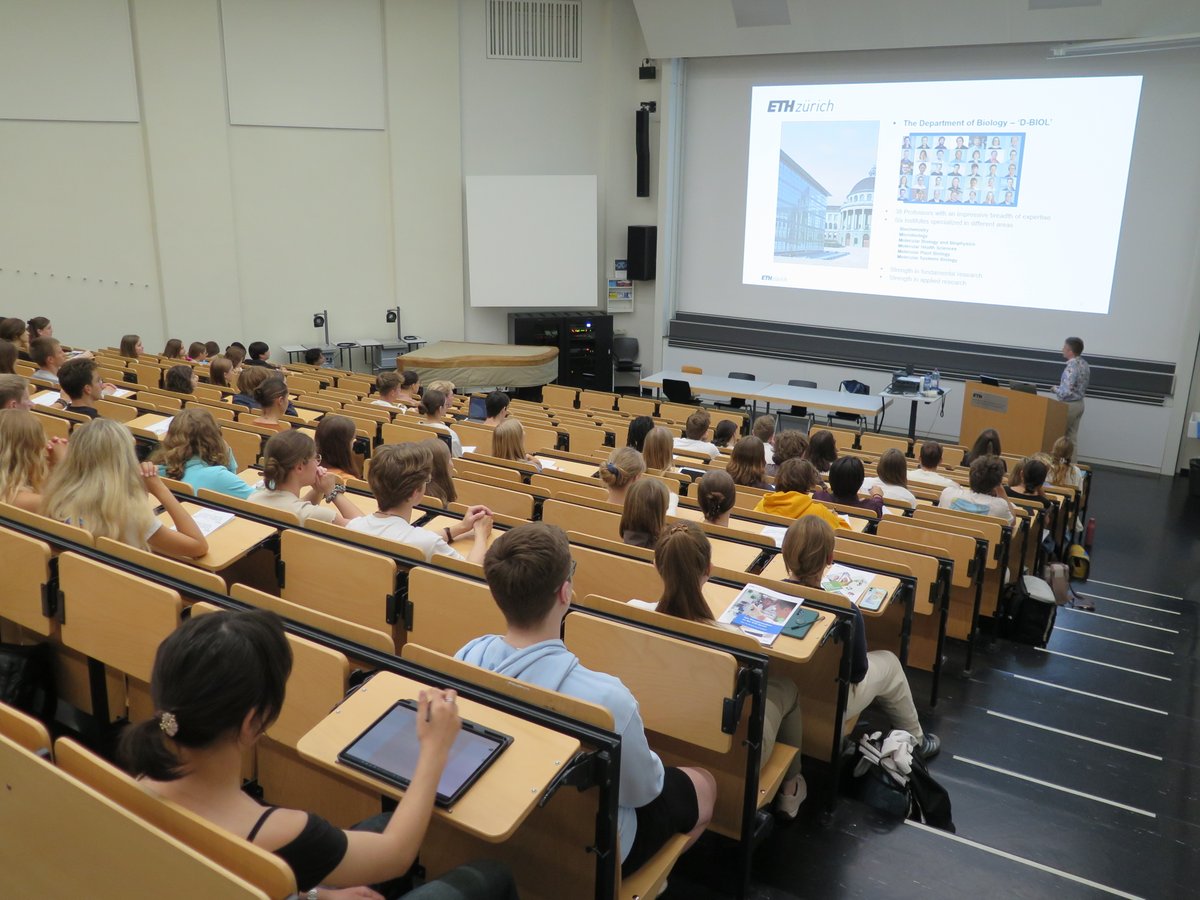
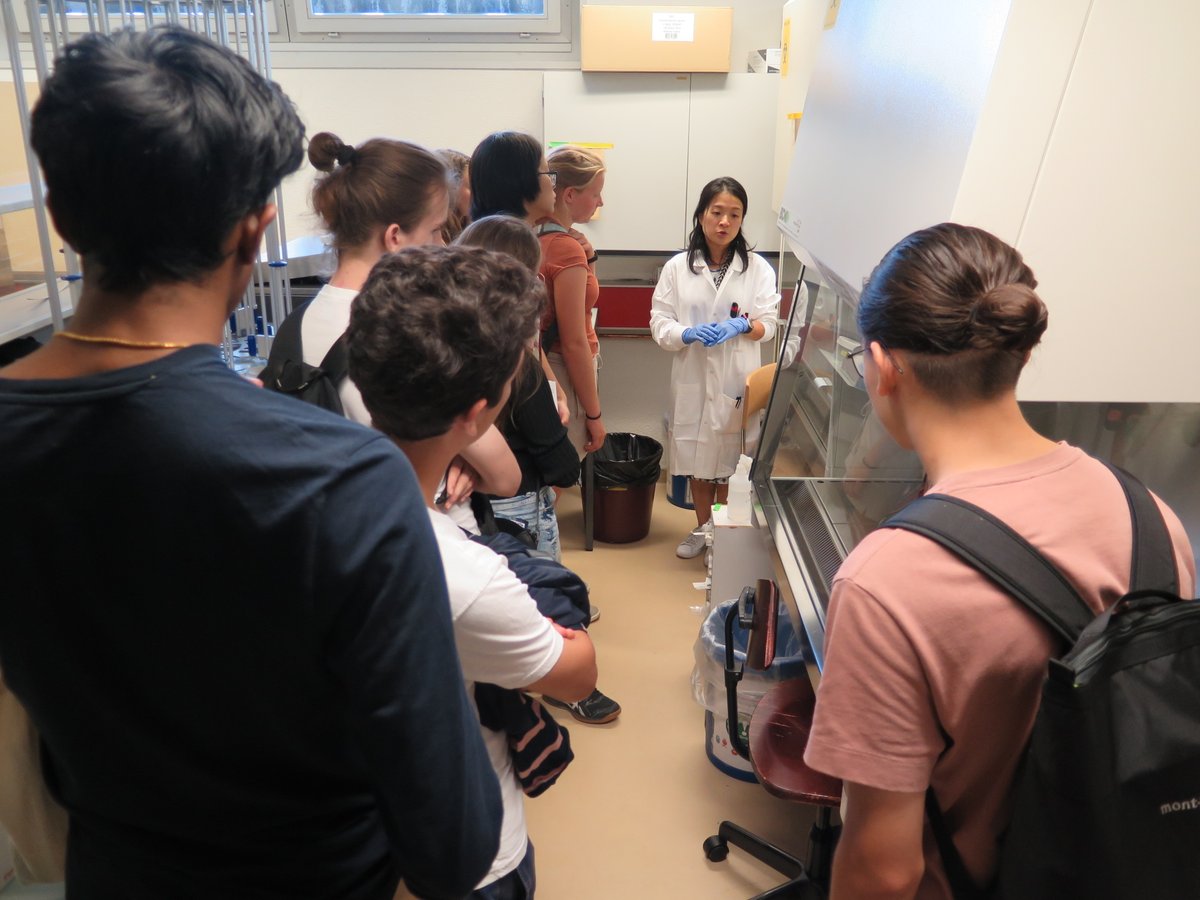

In our new study we reveal how NAC coordinates and regulates successive co-translational nascent chain ⛓️ processing on the mammalian ribosome out today in @Nature rdcu.be/dRAQY collab with @DeuerlingLab Shu-ou Shan @Caltech @snsf_ch @ERC_Research @ETH_en
The paper by @BasurajSK , @KorkhovLab and the group of @arshukla ( @IITKanpur ) and other collaborators now published in @CellCellPress provides insights into the mechanism of chemokine interactions with the Duffy antigen receptor DARC. More: biol.ethz.ch/en/news-and-ev…

pH matters! A recent study by the Peter lab (IBC) @ETH_en Zurich and collaborators demonstrates that stress-induced cytosolic pH changes control reversible amyloid formation of pyruvate kinase, thereby regulating cell metabolism and growth. More: biol.ethz.ch/en/news-and-ev…

Genome-wide CRISPR screen identifies CCAR1 as a DNA repair gene, Karasu et al. show that CCAR1 loss phenocopies Fanconi Anemia pathway loss. CCAR1 ensures FANCA mRNA splicing by blocking a poison exon inclusion via U2-type spliceosome in human cells. More: biol.ethz.ch/en/news-and-ev…

Are you a school class curious about our biology research and teaching at ETH? Come visit us! Recently, students from Stiftsschule Einsiedeln got an inside look at cutting-edge cancer research, our biology program and the Hönggerberg campus. #FutureScientists #ScienceEducation




A great honor for our former Chairman Ruedi Aebersold, the D-BIOL joins in the congratulations!
We are proud to announce that Ruedi Aebersold, founder of our institute and beloved colleague, will be awarded the Dr H.P. Heineken Prize for Biochemistry & Biophysics 2024. He receives it together with @labs_mann for their groundbreaking contributions to proteomics @ETH_en

On Monday D-BIOL welcomed 24 high school students from all over Switzerland to the annual ETH Study Week. They spend a week working on 4 different projects, but also meet with students for a Pizza lunch and gain an insight into state-of-the-art research facilities.




The paper by @BasurajSK @KorkhovLab, together with Xiaodan Li and Richard Kammerer (@psich_en), and other colleagues, out in @NatureChemistry reveals the structural basis of Meinwald reaction catalysed by styrene oxide isomerase, SOI. More: biol.ethz.ch/en/news-and-ev…

A recent study by @PilhoferLab in collaboration with Albers lab (University of Freiburg) provides new insights into the ectosymbiotic lifestyle of DPANN archaea and sets the stage for further research in the biology of intercellular archaeal interactions. biol.ethz.ch/en/news-and-ev…

A publication by the Voinnet lab (Institute of Molecular Plant Biology, D-BIOL) solves several outstanding questions pertaining to the cell-to-cell and vascular movement of siRNAs in Arabidopsis. More: biol.ethz.ch/en/news-and-ev…

A recent review by Olivier Voinnet (ETH Zurich, IMPB) and Hervé Vaucheret (INRAE, Versailles) provides a comprehensive state-of-the-art of the complexity and diversity of the plant siRNA landscape. More: biol.ethz.ch/en/news-and-ev…

United States Trends
- 1. #TysonPaul 127 B posts
- 2. Serrano 207 B posts
- 3. #NetflixFight 56,5 B posts
- 4. #netflixcrash 13,2 B posts
- 5. Shaq 12,5 B posts
- 6. #buffering 9.283 posts
- 7. Rosie Perez 11 B posts
- 8. My Netflix 65,6 B posts
- 9. Tori Kelly 4.121 posts
- 10. ROBBED 86 B posts
- 11. Cedric 17,8 B posts
- 12. Ramos 67,2 B posts
- 13. Barrios 47,8 B posts
- 14. #boxing 38,7 B posts
- 15. Phil Collins 3.307 posts
- 16. Roy Jones 4.323 posts
- 17. Jerry Jones 8.052 posts
- 18. Christmas Day 14,3 B posts
- 19. WTF Netflix 15,2 B posts
- 20. Love is Blind 4.797 posts
Who to follow
-
 D-BSSE, ETH Zurich
D-BSSE, ETH Zurich
@ETH_BSSE -
 ETH Zurich
ETH Zurich
@ETH_en -
 IMSB_ETH
IMSB_ETH
@IMSB_ETH -
 Swiss National Science Foundation
Swiss National Science Foundation
@snsf_ch -
 University of Basel
University of Basel
@UniBasel_en -
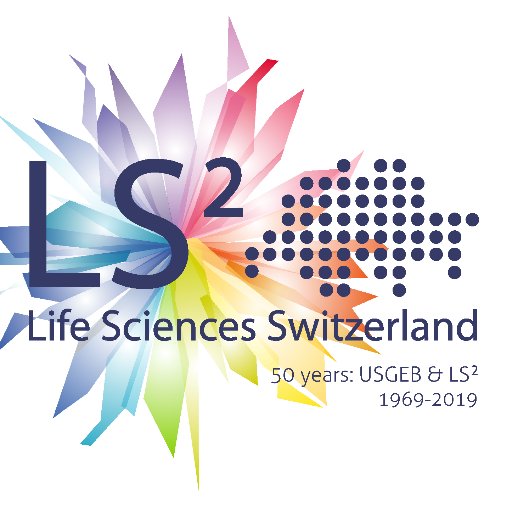 Life Sciences Switzerland (LS2)
Life Sciences Switzerland (LS2)
@LS2Switzerland -
 Picotti Lab
Picotti Lab
@Picotti_Lab -
 Microbiology_ETH
Microbiology_ETH
@Microbio_ETH -
 Oxenius Lab
Oxenius Lab
@LabOxenius -
 Pilhofer Lab
Pilhofer Lab
@PilhoferLab -
 Joël Mesot
Joël Mesot
@Joel_Mesot -
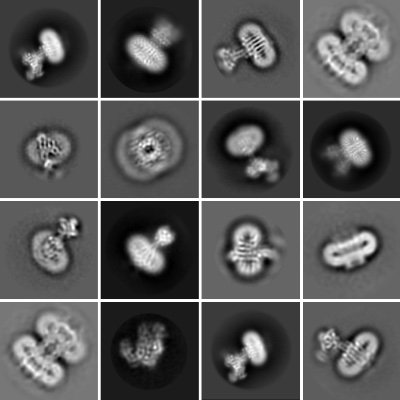 Korkhov Lab
Korkhov Lab
@KorkhovLab -
 FMI science
FMI science
@FMIscience -
 Earth and Planetary Sciences at ETH Zurich
Earth and Planetary Sciences at ETH Zurich
@ETH_EAPS -
 Complex Materials ETHZ
Complex Materials ETHZ
@Complex_Mat
Something went wrong.
Something went wrong.




